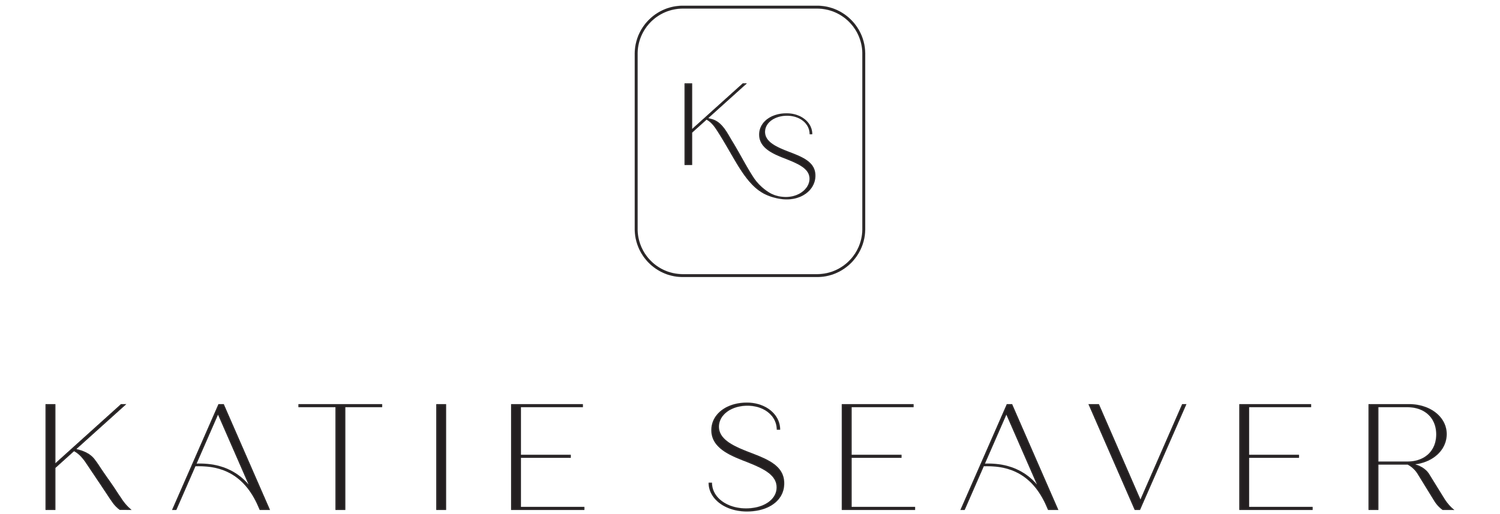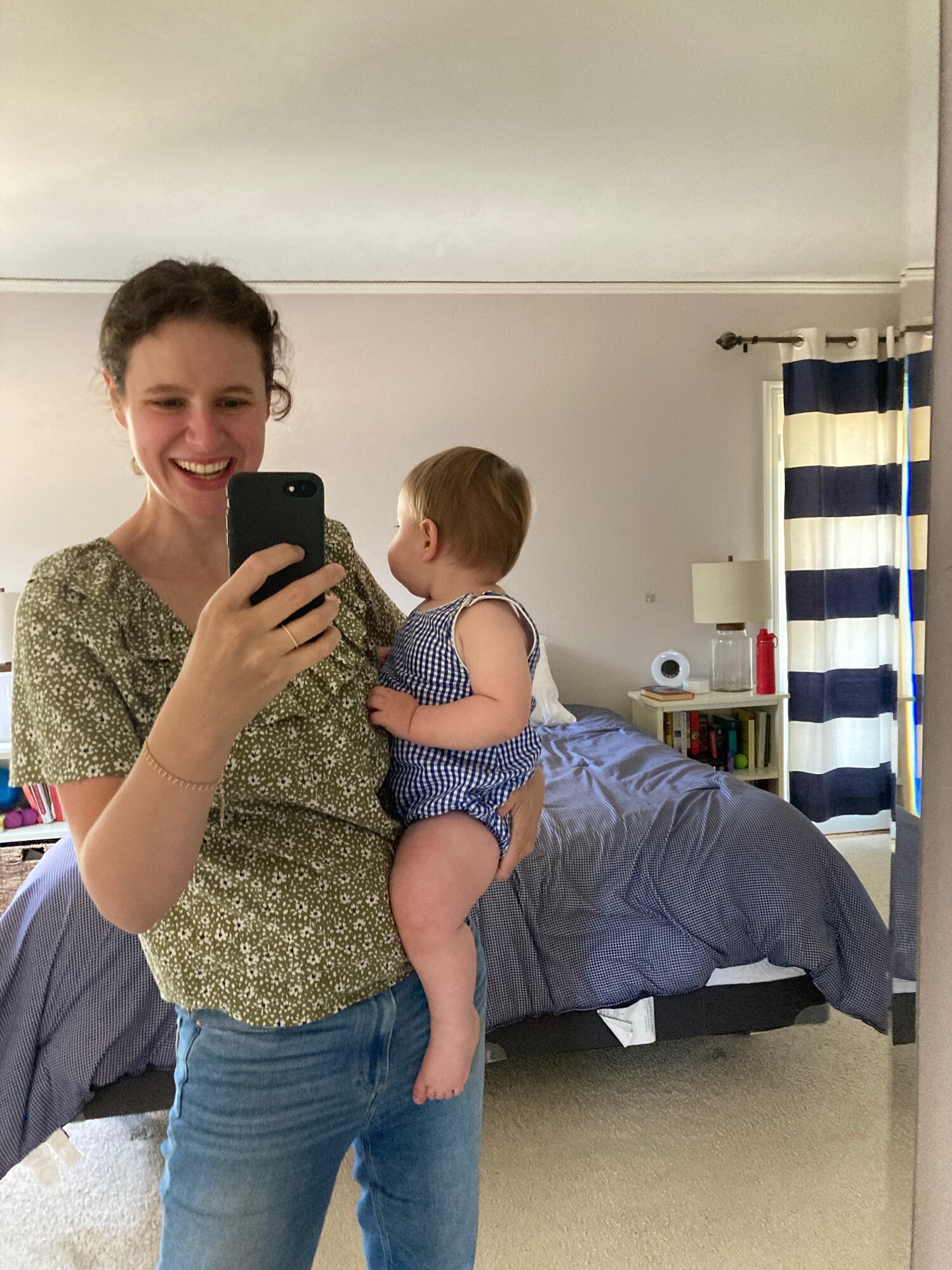Blog
Waiting for a break in the storm
Here’s something I often remind myself:
There are seasons when every day is a good day for an expedition. The height of spring, for example. It’s sunny, it’s breezy, and a bit of a burn feels nice in the legs. Go get ‘em, tiger.
And then there are other seasons.
In those seasons, every day will be a difficult day for an expedition.
Amidst the swirling rain, the howling wind, and the blankets of snow…it will take all you’ve got to put one step in front of another. And even with superhuman effort, you’ll move slowly, sometimes backwards, get lost a lot, use up all your energy in the first half-mile… and get very, very wet.
(Did I mention that you’ll get very, very wet?)
…
In those seasons, you have two options:
Wait for a break in the storm.
Wait for a time when it’s not so swirly, windy, or rain-y. Wait for a time when you can take a break, and take some clear steps.
Of course, this may not be often. In certain climates, at certain times of year, there may be days, weeks, or months where…it is honestly a terrible time to undertake an expedition.Go anyway.
You can always go outside, even in the worst of seasons, and start the trek anyway. That’s fine, too. But it will be a frustrating trek — just like it would be frustrating to wait inside for a break in the storm.
Honestly, all the options are kind of frustrating, in certain seasons.
I think I’ll say that one again, because I need it, too: all the options are kind of frustrating, in certain seasons.
…
I don’t say that to discourage you. I say that to remind you:
Spring will come again.
Expeditions will feel good again.
Just not in this particular season.
…
As always, I’m rooting for you. You’ve got this.
Katie
p.s. I’ve noticed that this seems to be a moment for deeply considering one’s life — what do we want from our days? Are we moving in a direction that is truly right for us? If that’s true for you, coaching might be a useful source of support, inspiration, and direction. Here’s more information about working with me, if you'd like.
Want to receive essays like this every Sunday morning? Sign up for my newsletter!
Two personal insights about refilling your tank + recovering from burnout
On Memorial Day, we discovered that one of my sons had some pretty serious health issues. Without sharing too many details, the past few months have included a hospital stay, specialists, medications, tests, and more.
In late July, we got the news that he is (I am crossing so many fingers as I write this) past the scariest part. I felt grateful, relieved, and… completely exhausted.
I gave myself a full day to just fall apart: not get anything done, do whatever I felt like (this mostly involved YouTube videos + online window shopping). But I noticed that even the next day, I wanted to be back in action, but… I was still completely exhausted.
It made me reflect on the other times when my emotional/mental/spiritual tank had felt empty, and I had two insights that I thought might be useful to you, as well:
1. There’s a relationship between how empty your tank is and how long it takes to refill, but it’s not linear.
If the relationship was linear, then if your tank was 2x as empty as usual, it would take 2x as long as refill.
But, in my experience, that’s not how it works. At minimum, if my tank is 2x as empty as usual, it takes 4x as long to refill. Or longer.
This is extremely important, because it’s a reminder that refilling your tank may take much longer than you expect.
(And, on a personal level, this is why I am, whenever possible, willing to spend money to reduce my tank emptying. When we had newborns, for example, we spent money to get help, and I think that made a truly astonishing difference to my year. Coming back from a tank that is, say, 3x as empty as usual is radically different than coming back from a tank that is 6x as empty as usual. Though, of course, many forms of tank-emptying are unavoidable, and most of us don’t have unlimited budgets.)
2. There are distinct stages to the process of refilling one’s tank.
I’ve come to realize that there are at least 3 phases in how I recover my energy. I actually call them “levels,” because it almost feels like a video game of “Katie Tank Refilling.”
In Level 1 of this process — when my tank is most empty — the only thing that sounds remotely appealing is not feeling so freaking tired. I feel completely uninterested in my Big Picture Goals, things like: reaching more people with these essays, doing home repairs, or getting better at French.
But another thing about Level 1 is that many of the intentional practices I write to you about (being intentional about technology! And exercising! Lying on the floor + sitting with uncomfortable feelings!) also seem completely unappealing. In fact, they seem exhausting.
Instead, I notice myself eating a little more indulgent food, being a little less interested in exercise, and — this is the most significant difference — vegging a lot more on screens. Interestingly, these things really do feel like they serve me, during this Level 1 period of an intensely empty tank.
And, then, there will be some point when I suddenly notice — and truly, it’s often kind of abrupt — oh wait, these things aren’t making me feel good anymore. The screen time, the more indulgent food, not moving as much — are now draining me, or making me feel more vague and foggy.
I’ve hit Level 2.
In Level 2, I resume my typical feel-good practices: being intentional about screens, eating, and movement. But the key thing about Level 2 is that my primary goal is still rest + recovery — I still feel pretty uninterested in Big Picture Goals.
And then, there will usually be another sudden moment (it might be days, or even weeks later, depending on how empty my tank was), when suddenly my Big Picture Goals actually feel… interesting.
Hello, Level 3.
…
As I write this essay in late July, I’ve just gotten past Level 1 (this weekend included a fair amount of YouTube, plus searching for toddler bookshelves and toddler sun hats online)… and I’m finding myself in Level 2. My goal for the week is to take amazing care of my clients, and otherwise, to rest + take excellent care of myself, till I get my energy back.
I’m willing to let Level 3 come when it comes.
(On a personal note: I love this insight because it makes me feel less anxious. I could get totally spun out and frustrated about my screen usage over the weekend, for example. But instead, I just said to myself: I’m in Level 1. I will know when I’ve hit Level 2 and it’s time to ramp this down. But I’m not there right now.)
…
I was talking with my friend Catherine Andrews last week, and she was like: Katie, this is a really great description of the process of recovery. Not everyone knows this.
So I wanted to share it with you. I hope it gives you encouragement, however your tank + process of recovery looks like today.
As always, I’m rooting for you. You’ve got this.
Katie
p.s. Life coaching can radically expedite the tank-refilling process. Like, it is insane what a difference it can make. If it’s of interest, you can learn more here.
Sign up for my newsletter to get helpful + encouraging essays like this every Sunday morning. It’s free!


